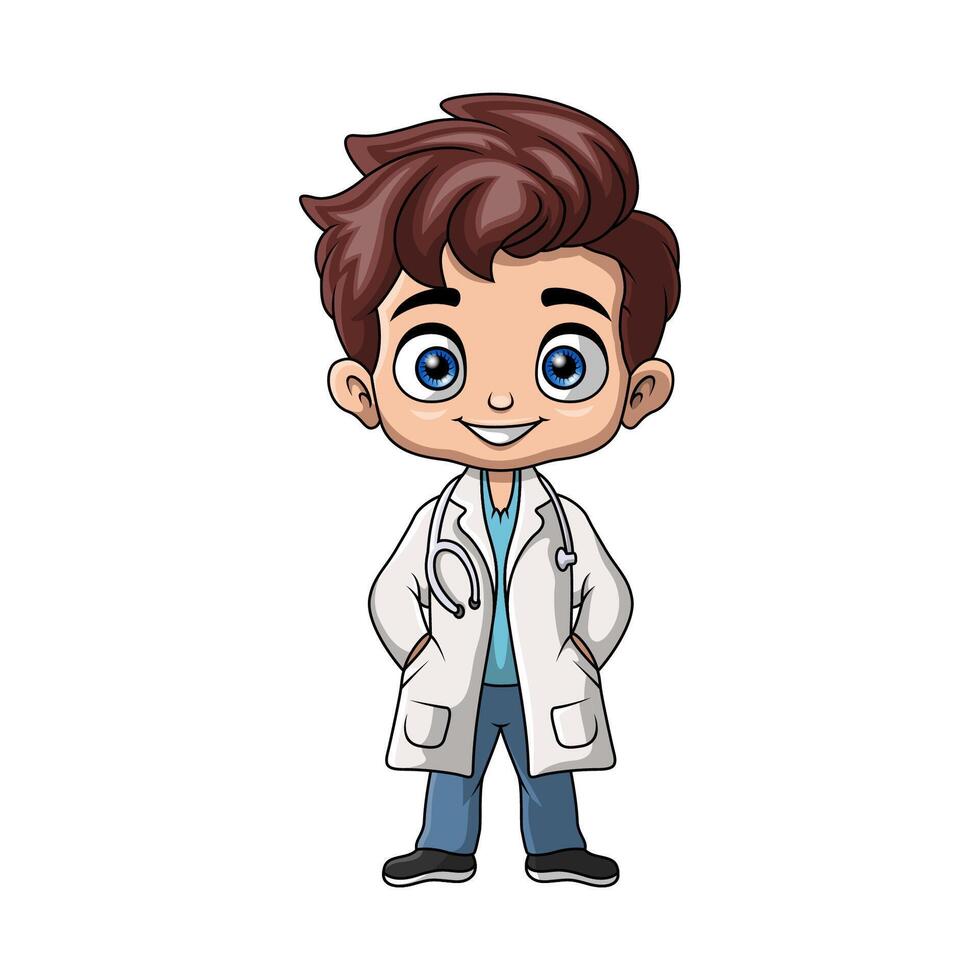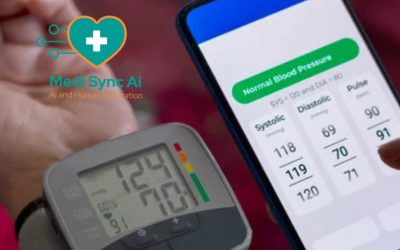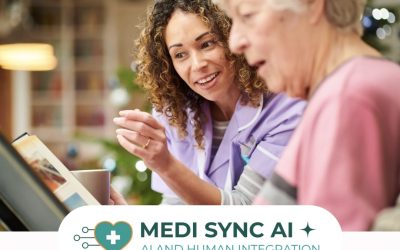Remote Patient Monitoring (RPM) is revolutionizing how healthcare is delivered, offering innovative solutions to longstanding challenges in patient care. By enabling healthcare providers to monitor patients outside traditional clinical settings, RPM optimizes workflows, enhances outcomes, and aligns with the growing need for accessible, patient-centered care. This blog explores the critical role of RPM in modern healthcare workflows, highlighting its benefits, applications, and Medi Sync AI expertise in this transformative field.
Remote Patient Monitoring involves using technology to collect and transmit patient health data to healthcare providers in real time. From wearable devices to advanced apps, RPM technologies allow for continuous monitoring of vital signs such as heart rate, blood pressure, and blood glucose levels.
As healthcare systems shift toward value-based care, RPM has emerged as a cornerstone for achieving better patient outcomes while reducing costs. It enables timely interventions, improves patient engagement, and fosters a proactive approach to managing chronic conditions and acute illnesses.
Medi Sync AI leverages cutting-edge RPM technologies to empower healthcare providers with actionable insights, ensuring seamless integration into their workflows. This approach not only supports patient health but also enhances operational efficiency, making RPM an indispensable tool for modern healthcare.
How RPM Enhances Healthcare Workflows
Improved Patient Care
RPM enables continuous monitoring of patients, allowing healthcare providers to detect issues early and intervene proactively. This leads to improved outcomes for patients, particularly those managing chronic conditions like diabetes or hypertension. For example, a patient experiencing fluctuations in blood sugar levels can receive prompt guidance from their care team, reducing the risk of complications.
Streamlined Communication
RPM bridges the communication gap between patients and healthcare providers. Real-time data transmission allows for timely feedback and adjustments to care plans. For example, RPM tools integrated with mobile apps enable patients to share health updates seamlessly, fostering a collaborative approach to care.
Efficient Use of Resources
By reducing the need for in-person visits, RPM optimizes healthcare resources. Physicians can focus on high-priority cases, while patients save time and costs associated with travel. Furthermore, RPM minimizes hospital readmissions by enabling remote management of post-discharge care, ensuring that patients recover safely at home.
The Key Benefits of RPM for Modern Healthcare
24/7 Monitoring and Accessibility
RPM provides round-the-clock health monitoring, ensuring that patients receive consistent care regardless of location. This accessibility is particularly beneficial for rural or underserved communities, where access to healthcare facilities may be limited.
Reduced Healthcare Costs
RPM reduces costs by decreasing hospital admissions, shortening hospital stays, and minimizing the need for emergency care. By identifying potential issues early, RPM allows for cost-effective interventions that benefit both patients and healthcare systems.
Enhanced Patient Engagement
By involving patients in their health management, RPM fosters better adherence to treatment plans. Wearable devices and apps provide real-time feedback, motivating patients to make healthier choices. This active participation contributes to long-term health improvements and increased patient satisfaction.
Applications of RPM in Healthcare Workflows
Chronic Disease Management
RPM is a game-changer for managing chronic illnesses such as diabetes, heart disease, and asthma. Continuous monitoring ensures that patients stay on track with their treatment plans, while healthcare providers can intervene promptly when abnormalities are detected.
Post-Surgical Recovery
Patients recovering from surgery benefit greatly from RPM. By monitoring vital signs and symptoms remotely, healthcare providers can ensure smooth recovery processes, reduce complications, and minimize the need for follow-up visits.
Preventive Healthcare
RPM supports preventive care by identifying early warning signs of potential health issues. For instance, wearable devices can track irregular heart rhythms, prompting timely diagnostic tests and interventions.
Telehealth Integration
RPM seamlessly integrates with telehealth services, enhancing the effectiveness of virtual consultations. Patients can share real-time health data during telehealth appointments, enabling accurate diagnoses and personalized care plans.
Challenges and How Medi Sync AI Addresses Them
Data Security and Privacy Concerns
RPM involves handling sensitive patient data, making security a top priority. Medi Sync AI employs robust encryption protocols and adheres to HIPAA guidelines to safeguard patient information and ensure compliance with regulatory standards.
Technology Accessibility
For RPM to succeed, it must be accessible to all patients, including those unfamiliar with digital tools. Medi Sync AI designs user-friendly interfaces and offers comprehensive training to ensure seamless adoption, empowering patients and providers alike.
Adoption Resistance
Resistance to new technologies can hinder RPM implementation. Medi Sync AI addresses this by demonstrating the clear benefits of RPM through tailored training programs and success stories, encouraging healthcare organizations to embrace innovation.
The Future of RPM in Healthcare Workflows
The future of RPM is promising, driven by advancements in artificial intelligence, machine learning, and IoT devices. These technologies will enable more accurate predictions, personalized treatments, and deeper insights into patient health trends.
Medi Sync AI remains at the forefront of this evolution, investing in research and development to deliver cutting-edge solutions. By integrating RPM with predictive analytics and AI-driven decision support, Medi Sync AI is paving the way for smarter, more efficient healthcare systems.
Medi Sync AI is a trusted partner in transforming healthcare workflows through RPM. Here’s why:
- Advanced Technology: Medi Sync AI offers state-of-the-art RPM solutions tailored to diverse healthcare needs.
- Expert Support: Our team provides end-to-end guidance, from implementation to training and ongoing support.
- Customizable Solutions: We adapt our RPM tools to fit seamlessly into existing healthcare workflows.
- Commitment to Quality: Medi Sync AI adheres to the highest standards of data security, accuracy, and patient care.
Choosing Medi Sync AI ensures that your organization stays ahead in delivering superior healthcare experiences.
Conclusion
Remote Patient Monitoring is no longer a luxury; it is a necessity for modern healthcare workflows. By enhancing patient care, optimizing resources, and driving better outcomes, RPM addresses the challenges of today’s healthcare landscape.
Medi Sync AI stands out as a leader in RPM, offering innovative solutions that empower healthcare providers and patients alike. As healthcare continues to evolve, partnering with Medi Sync AI ensures you are equipped with the tools and expertise to deliver exceptional care.
Take the first step toward transforming your healthcare workflow. Contact Medi Sync AI today to learn more about our RPM solutions and how they can elevate your organization’s performance and patient satisfaction.





